Equines follow a regular bi-yearly pattern of shedding guided by the change in season and daylight hours. We are following the UK seasons for the purpose of this article.
As Spring arrives and the days start to lengthen, the naturally thick winter coat starts to shed in readiness for the new finer summer coat. The texture of the hair will remain the same, so for example if the coat is soft and fine this will show through in both the winter and summer coat, but the length of the hair will be much shorter and sleeker to give protection to the skin, without the bulkiness that a winter coat requires.
As autumn approaches the summer coat starts to thicken and the hair loosens in preparation for the arrival of the new thick and more protective coat needed in the colder winter months. The coat takes on a longer, fluffier texture to give protection and hold the air between the layers to maintain warmth. The coat is highly adaptable to weather conditions if left in a natural state, providing the horse is kept in good condition.
There are three stages of the hair/coat growing phase.
- Anogen – when the new hair is starting to re-grow.
- Catagen – the in between stage when the hair is resting, neither growing nor shedding.
- Telogen – this is when the old hair starts to fall our or shed, making way for the new hair to come through again.
Hair in different areas may follow different cycles. For example, coat hair will cycle more regularly around every 6 months. Mane tail and feather hair will naturally cycle over longer yearly periods. The hair is constantly growing and shedding, but never leaving the animal bald. Hence the reason that you will always have some form of shedding all year round, but more excessive movement in the Spring and Autumn.

There are also genetic differences within the equine breeds which can have a bearing on cycle timings. Some will remain with a coat that is nearly the same length all year round showing hardly any change, others may change more regularly.
Consideration should be made to coat growth irregularities including static coats where there is no shedding taking place. Mostly seen in older animals or ones suffering from Cushings disease. It is worth getting veterinary advice if this pattern continues.
For the majority the hairy shedding season arrives in early spring, and if the horse hasn’t been clipped during the winter, this will involve a lot of grooming to remove the excess.

Shedding tools are designed to remove the dead hair effectively and will provide a quick way to get through the mass of coat that is itching to be groomed away.
Brushes tend to become less effective at this stage, due to the volume of hair, so look at shedding tools designed for this purpose.
Our recommendations to help during the hairy seasons:
- Ezee Groom – available in two sizes – large (horse) small (pony/dogs). Good for all round grooming and massage as well as removing the excess hair in the Spring and Autumn.
- Super Groomer – good for the in-between stages – this is easy to use on shorter hair and acts as a massager, as well as removing hair, grease and dander.
- Smart Coats – top of the range shedding tool with the head made from individually curved teeth with a tiny blade under each curve. This is available in coarse or fine and works on static coats as well as shifting stubborn and thick winter coats. It has a wide head and long wooden handle which makes grooming through quick and easy.


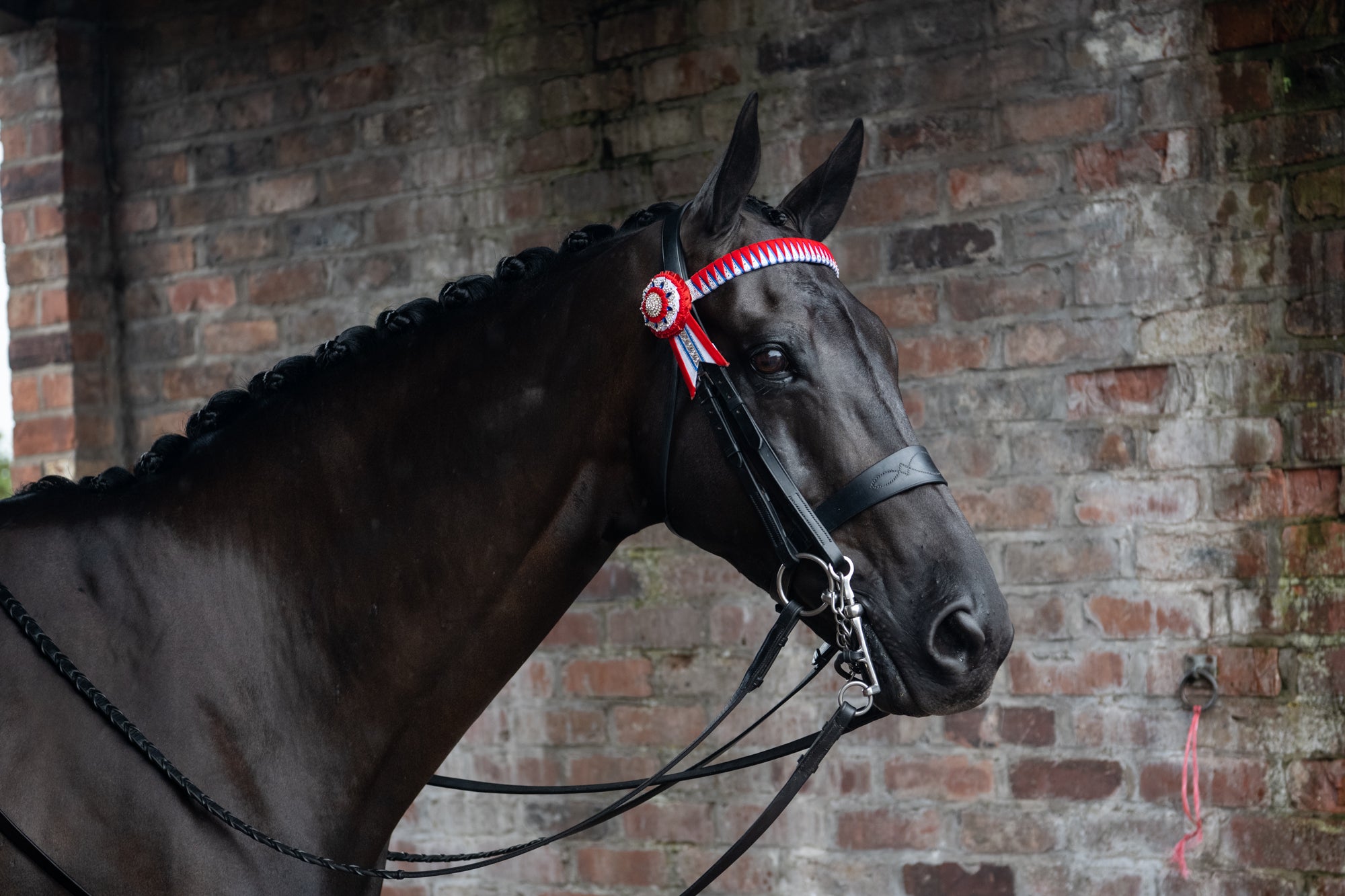
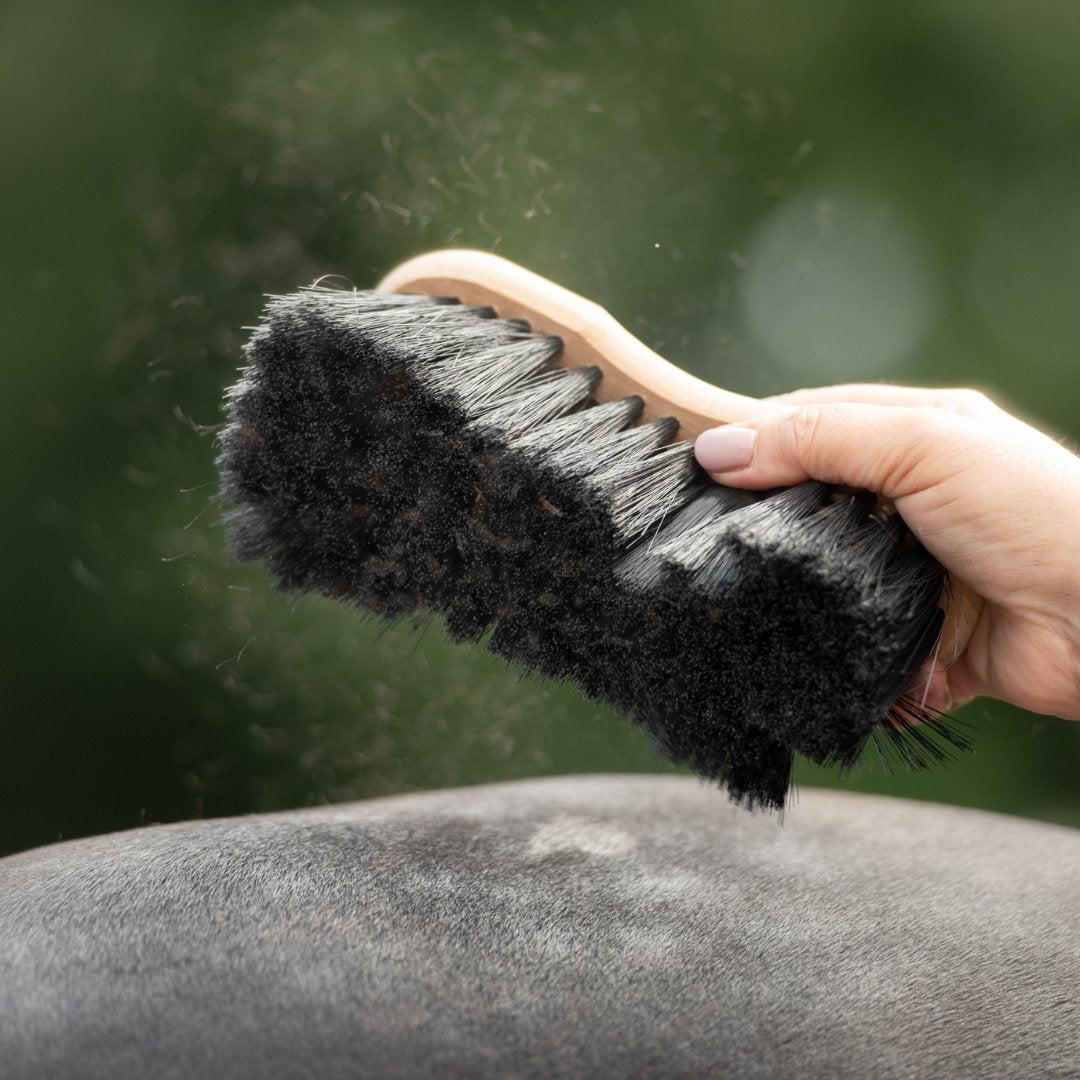
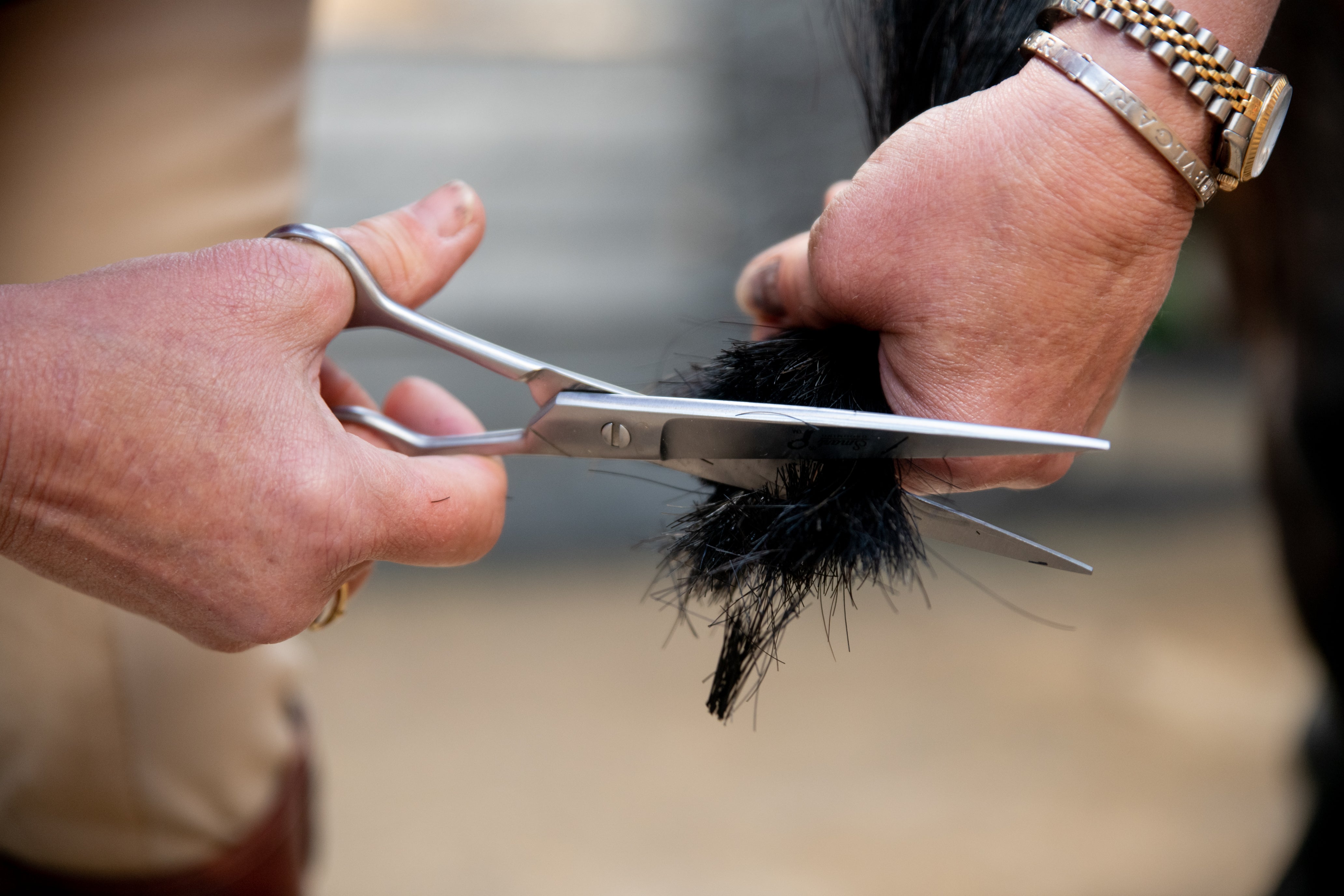

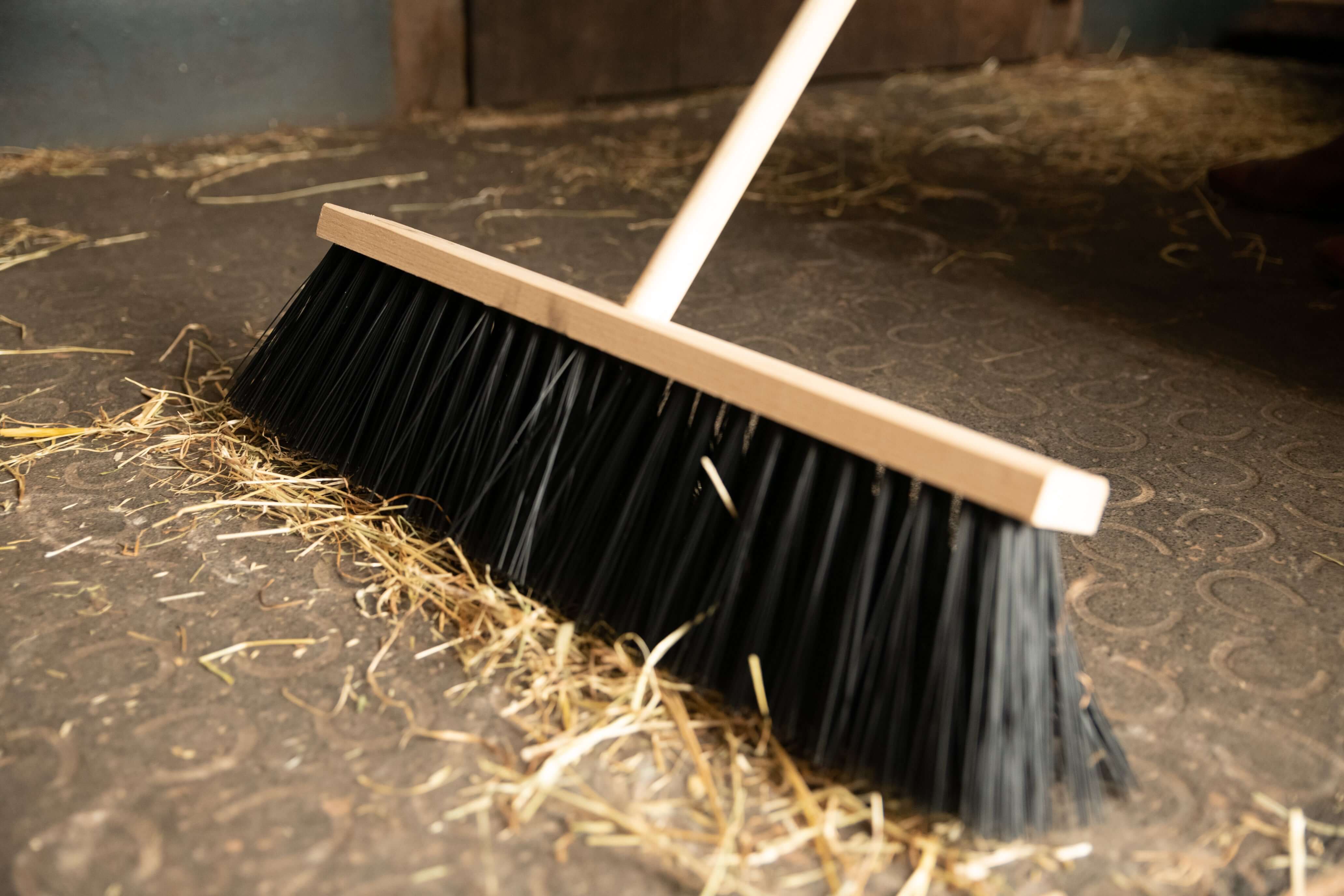
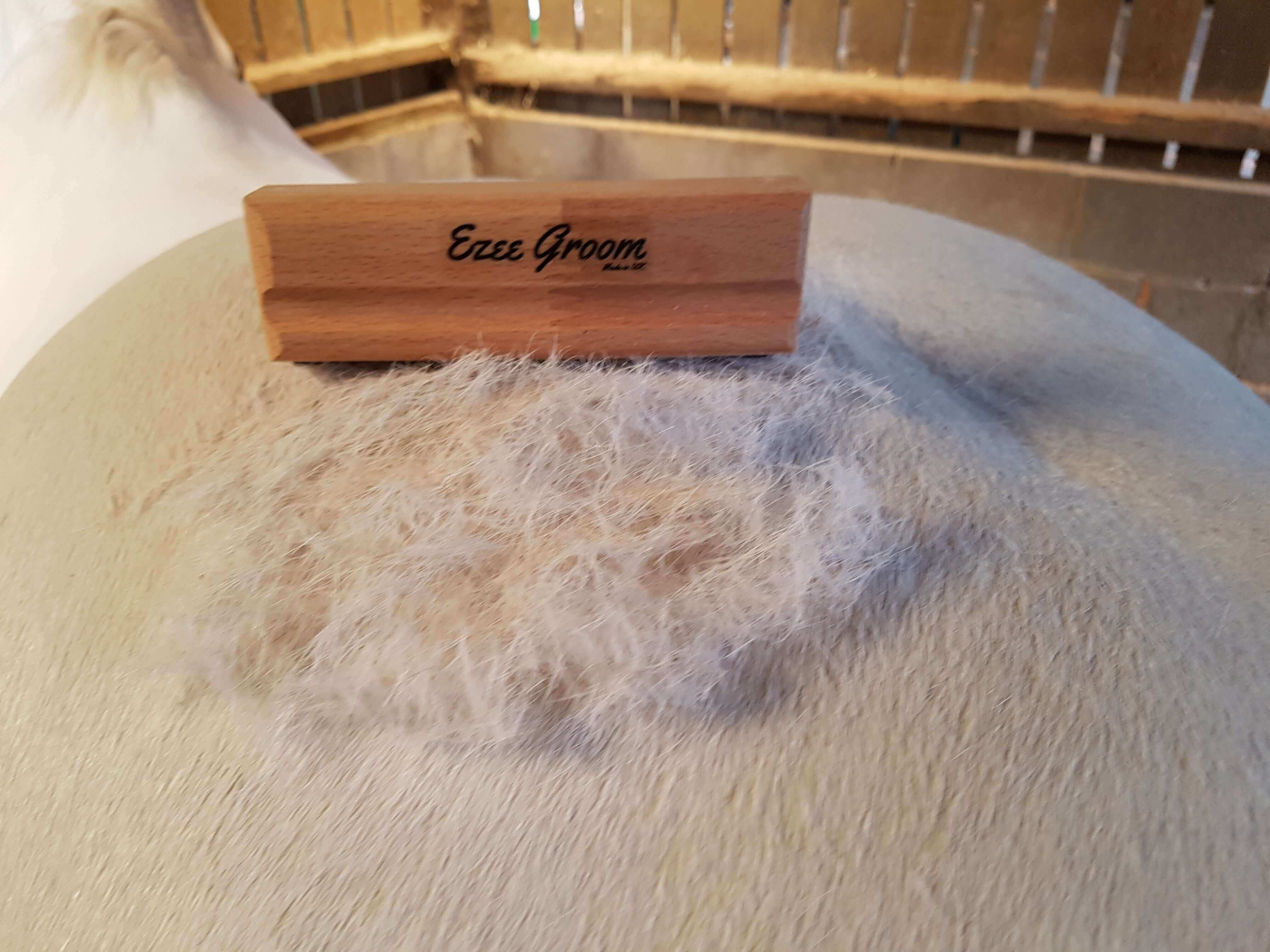
Dejar un comentario